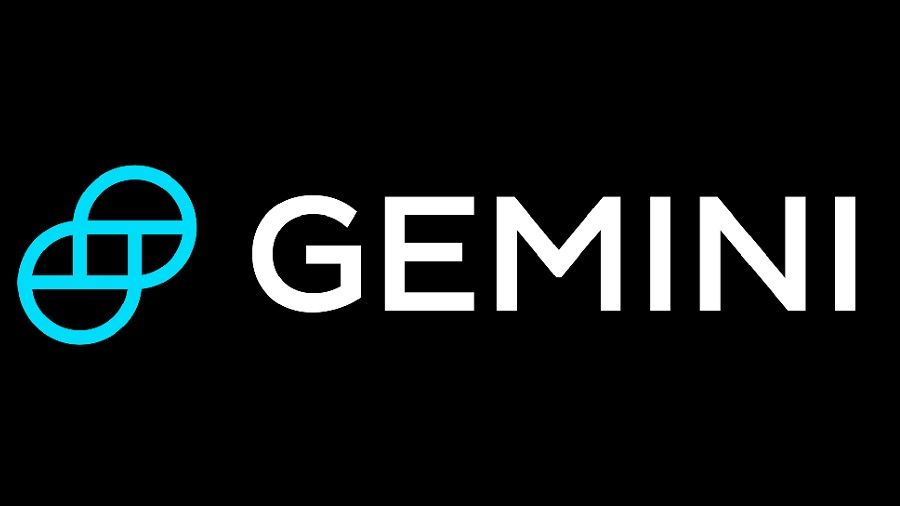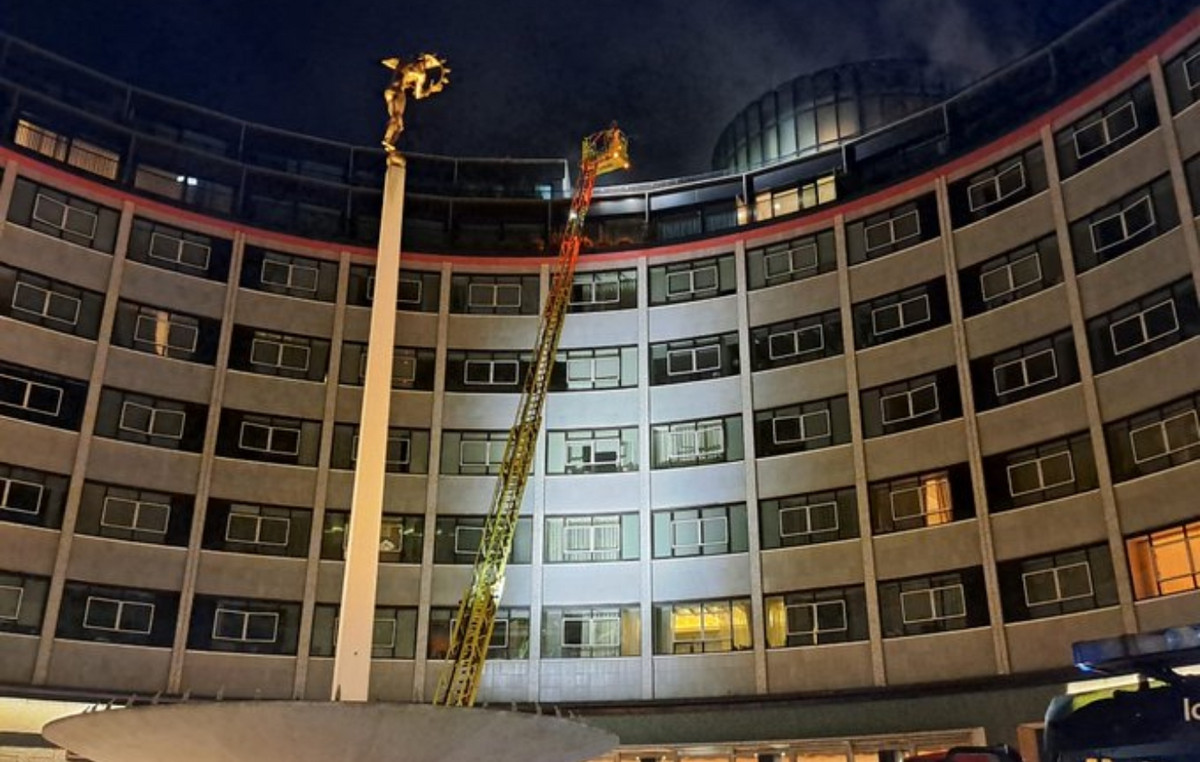Ever since they started arriving in Ukraine, Starlink satellite internet terminals, made by Elon Musk’s SpaceX company, have been a vital source of communication for the Ukrainian military, allowing them to fight and stay connected even when cell phone networks and internet were destroyed on its territory by the war with Russia.
So far, around 20,000 Starlink satellite units have been donated to Ukraine, with Musk tweeting on Friday that “the operation cost SpaceX $80 million and will exceed $100 million by the end of the year.”
But those charitable contributions could be coming to an end, as SpaceX has warned the Pentagon that it may stop funding the service in Ukraine unless the US military raises tens of millions of dollars a month.
Documents obtained by CNN show that last month Musk’s SpaceX sent a letter to the Pentagon saying it can no longer continue to fund the Starlink service as it has done.
The letter also asked the Pentagon to assume funding for the Ukrainian government and military use of Starlink, which SpaceX claims would cost more than $120 million for the rest of the year and could cost around $400 million over the next 12 months. .
“We are not in a position to donate terminals to Ukraine or fund existing terminals for an indefinite period of time,” SpaceX’s director of government sales wrote to the Pentagon in the September letter.
Among SpaceX documents sent to the Pentagon and seen by the CNN is a previously unreported direct request made to Musk in July by the commanding general of the Ukrainian armed forces, General Valerii Zaluzhniy, for nearly 8,000 more Starlink terminals.

In a separate cover letter to the Pentagon, an outside consultant working for SpaceX wrote: “SpaceX faces terribly difficult decisions here. I don’t think they have the financial capacity to provide additional terminals or services as requested by General Zaluzhniy.”
The documents, which were not previously reported, provide a rare breakdown of SpaceX’s own internal Starlink numbers, detailing the costs and payments associated with the thousands of terminals in Ukraine. They also shed new light on the behind-the-scenes negotiations that provided millions of dollars of communications hardware and services to Ukraine at a low cost to Kyiv.
Outage reports
The letters come amid recent reports of widespread disruptions to Starlink as Ukrainian troops attempt to retake Russian-occupied territory in the eastern and southern parts of the country.
Sources familiar with the disruptions said they suddenly affected the entire frontline on Sept. 30. “It has affected every effort by Ukrainians to get past that front,” said a person familiar with the disruptions who spoke to CNN on condition of anonymity. to discuss delicate conversations. “Starlink is the primary form of communication for units on the battlefield.”
There was no warning to Ukrainian forces, a second person said, adding that now, when Ukraine releases an area, a request must be made for Starlink services to be activated.
The Financial Times first reported on the outages that resulted in a “catastrophic” loss of communication, a senior Ukrainian official said. In a tweet responding to the article, Musk did not dispute the interruption, saying what is happening on the battlefield is confidential.
SpaceX’s suggestion to stop funding Starlink also comes amid growing concern in Ukraine over Musk’s loyalty. Musk recently tweeted a controversial peace plan that would see Ukraine give up Crimea and control the eastern regions of Luhansk and Donetsk.
After Ukrainian President Volodymyr Zelensky raised the question of who Musk is on his side, he replied that he “still very much supports Ukraine” but fears a “massive escalation”.
Musk also privately argued last month that Ukraine does not want peace talks now and that if they agreed to his plan, “Russia would accept those terms,” according to one person who heard them.
“Ukraine knows that its current government and war efforts are entirely dependent on Starlink,” said the person familiar with the discussions. “The decision to keep Starlink running or not is entirely in the hands of one man. This is Elon Musk. He was not elected, nobody decided to give him that power. He has it because of the technology and the company he’s built.”
On Tuesday, Musk denied a report that he spoke directly to Putin about Ukraine. On Thursday, when a Ukrainian minister tweeted that Starlink is essential to Ukraine’s infrastructure, Musk responded: “You’re welcome. I am happy to support Ukraine.”

“The boldness to look like a hero”
With more than seven months into the war, it’s hard to overstate the impact Starlink has had on Ukraine. The government in Kyiv, Ukrainian troops, NGOs and civilians relied on the agile, compact and easy-to-use units created by SpaceX. It is not only used for electronic and voice communication, but also to help pilot drones and send videos to correct artillery fire.
THE CNN saw it used on several Ukrainian bases.
“Starlink has been absolutely essential because the Russians are targeting the Ukrainian communications infrastructure,” said Dimitri Alperovitch, co-founder of Silverado Policy Accelerator, a think tank. “Without that, they would really be operating blind in many cases.”
While Musk received much praise and thanks for responding to requests for Starlink service to Ukraine early on in the war, in reality the vast majority of the 20,000 terminals received full or partial funding from outside sources, including the US government, the UK. United Kingdom and Poland, according to SpaceX’s letter to the Pentagon.
SpaceX’s call for the US military to foot the bill has angered the upper echelons of the Pentagon, with a top defense official telling CNN that SpaceX has “the gall to look like heroes” while others pay so much and now present them with a tens of dollars account. of millions per month.
According to SpaceX figures shared with the Pentagon, about 85% of the 20,000 terminals in Ukraine were paid for – or partially paid for – by countries like the US and Poland or other entities. These entities also paid for about 30% of internet connectivity, which SpaceX says costs $4,500 a month per unit for the most advanced service. (Over the weekend, Musk tweeted that there are around 25,000 terminals in Ukraine.)
In his July letter to Musk, Ukraine’s Commander-in-Chief General Zaluzhniy praised the “exceptional usefulness” of Starlink units and said about 4,000 terminals had been deployed by the military. However, about 500 terminals a month are destroyed in fighting, Zaluzhniy said, before ordering 6,200 more terminals for the Ukrainian military and intelligence services and 500 a month to compensate for losses.
SpaceX said it responded by asking Zaluzhniy to comply with its Defense Department request.

On September 8, SpaceX’s senior director of government sales wrote to the Pentagon saying the costs had gotten too high, reaching $100 million. The official asked the Defense Department to meet Ukraine’s new order as well as ongoing service costs totaling $124 million by the end of 2022.
Those costs, according to the senior defense official, would amount to nearly $380 million for an entire year.
SpaceX declined repeated requests for comment on the outages and its recent request to the Pentagon. A lawyer for Musk did not respond to a request for comment. Defense Department Spokesperson Bob Ditchey told CNN: “The Department continues to work with industry to explore solutions for Ukraine’s military as they repel Russia’s brutal and unprovoked aggression. We have nothing more to add at this point.”
Breaking down the costs
Initial US support for Starlink came through the US Agency for International Development (USAID), which, according to the Washington Post, spent about $3 million on hardware and services in Ukraine. The largest single contributor of terminals, according to the newly obtained documents, is Poland, with payment for almost 9,000 individual terminals.
The US provided nearly 1,700 terminals. Other contributors include the UK, NGOs and crowdfunding.
The much more expensive part, however, is the seamless connectivity. SpaceX says it paid about 70% of the service it provided to Ukraine and claims to have offered the highest tier – $4,500 a month – for all terminals in Ukraine, despite most having only subscribed to the cheapest service at $500. a month.
The terminals themselves cost $1,500 and $2,500 for the two models shipped to Ukraine, the documents say, while consumer models on Starlink’s website are much cheaper and service in Ukraine is just $60 a month. .
That’s just 1.3% of the service fee SpaceX says it needs the Pentagon to start paying.
“You could say he’s trying to get money from the government or just trying to say ‘I don’t want to be a part of this anymore,'” said the person familiar with Ukraine’s requests for Starlink. Given recent disruptions and Musk’s reputation as a unpredictable, “feelings are very high on the Ukrainian side,” this person said.
Musk is the largest shareholder in privately held SpaceX. In May, SpaceX reported that its valuation had risen to $127 billion and had raised $2 billion this year, CNBC reported.
Last week, Musk faced a barrage of criticism on Twitter — including from Ukrainian President Volodymyr Zelensky — after laying out in a series of tweets his peace plan to end the war. It would include giving Crimea to Russia and redoing referendums, this time overseen by the United Nations, in the four regions Russia illegally annexed recently.
That echoed comments he made last month at an exclusive closed-door conference in Aspen, Colorado called “The Weekend,” in which Musk told a room full of attendees that Ukraine should seek peace now because it has had recent victories.
“This is the time to do it. They don’t want to do that, that’s for sure. But this is the time to do it,” he said, according to one person in the room. “Everyone wants to seek peace when they are losing, but they don’t want to seek peace when they are winning. For a while.”
Source: CNN Brasil
I’m James Harper, a highly experienced and accomplished news writer for World Stock Market. I have been writing in the Politics section of the website for over five years, providing readers with up-to-date and insightful information about current events in politics. My work is widely read and respected by many industry professionals as well as laymen.







